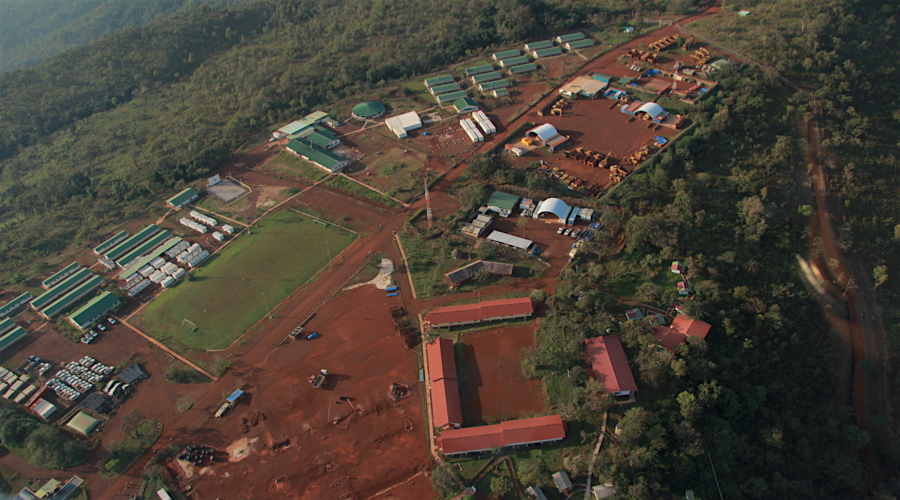
Rio Tinto Group’s board has signaled its support to develop the Simandou iron ore project in Guinea, the world’s biggest untapped resource of the key steelmaking ingredient.
Rio Tinto controls half of the Simandou deposit, which spent years in limbo because of disputes over ownership rights and the large investments required to extract and transport the ore. The project could have big implications for the iron ore market — Rio’s share of the deposit could deliver more than 100 million tons a year of the highest-quality ore, just as most in the industry expects demand to plateau.
Getting Simandou under development would be a second major win for Chief Executive Officer Jakob Stausholm, after striking a deal with Mongolia earlier this year on Rio’s flagship copper project. Since taking the helm just over a year ago, the CEO has prioritized getting stalled projects moving, while rebuilding the company’s reputation after a series of missteps.
Rio previously struggled to reach an agreement with a rival consortium developing the other half of the project on the building of a 650-kilometer (404 miles) railway linking the mine to a planned port. Those tensions eased last month after the Guinean government brokered a deal between the two parties.
“The board has given in-principle approval to the path forward for the development of the Simandou iron ore project in Guinea,” Rio’s Chairman Simon Thompson said at the company’s annual general meeting.
CEO Stausholm met with the Guinea’s president in December to help reach an agreement on Simandou. Production could start as soon as 2026.
While the board has given its tacit support, it’s still not a guarantee the project will go ahead. The board’s full approval will need to wait for more details on costs and the infrastructure agreement, while the Simandou’s development has repeatedly been delayed by legal disputes and government changes in Guinea.
Simandou is divided into four blocks, with 1 and 2 controlled by the consortium backed by Chinese and Singaporean companies, while Rio Tinto and Aluminum Corp. of China, known as Chinalco, own blocks 3 and 4.
While Stausholm has successfully moved both the Mongolian copper mine and Simandou forward, there have also been setbacks. In January, the Serbian government blocked Rio’s plans to build Europe’s biggest lithium mine following opposition to the development among the local community. The company had announced plans to build the mine before securing all the licenses it needed.
On Thursday, Serbian President Aleksandar Vucic said blocking the mine was a mistake, but said he doesn’t currently see a possibility to change that decision.
Rio promoted Stausholm to help mend its reputation after his predecessor lost his job following the fallout from destroying a 46,000-year-old Aboriginal rock shelter.
Chairman Thompson will soon be replaced by Dominic Barton.
(By Thomas Biesheuvel)
Comments